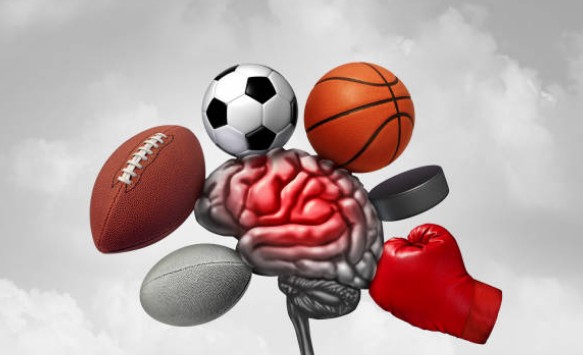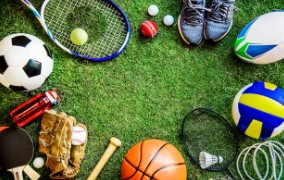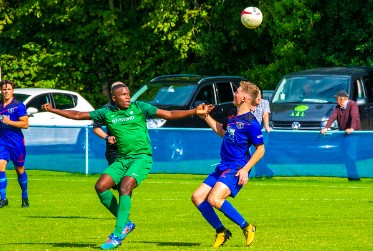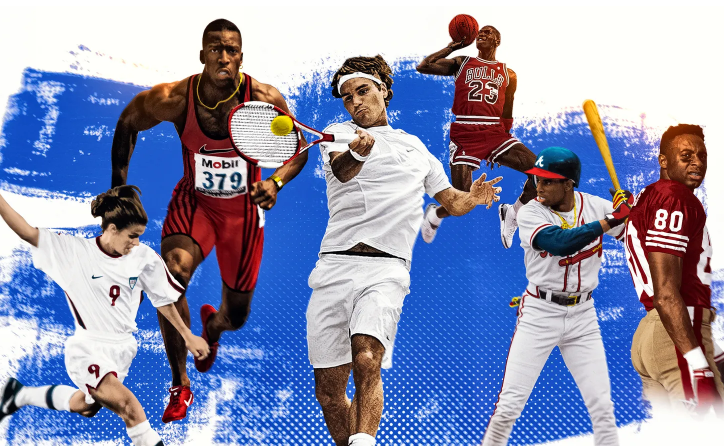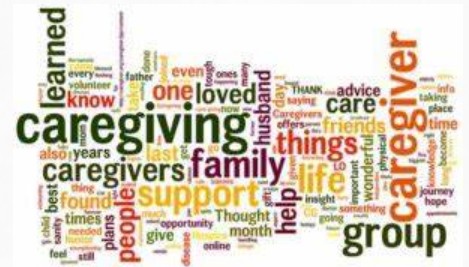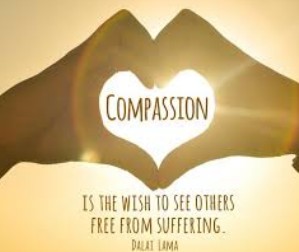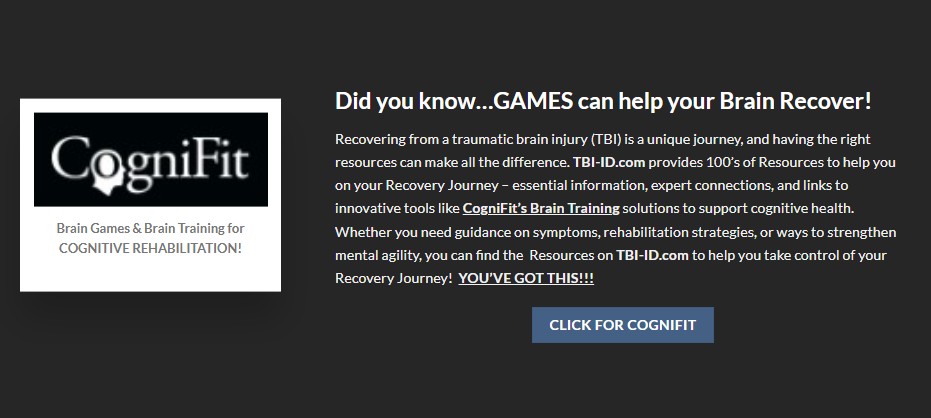PREVENTING TBI’s IN SPORTS
Concussions, a type of traumatic brain injury, can occur in any sport, not just contact sports like football and soccer. They result from a blow or jolt to the head, causing the brain to move rapidly inside the skull. This sudden movement can lead to chemical changes and damage to brain cells, which can have serious consequences if not properly managed. Preventing concussions is crucial for the safety and well-being of athletes. This article explores various strategies to reduce the risk of concussions in sports. (Read More)
Click to read article
